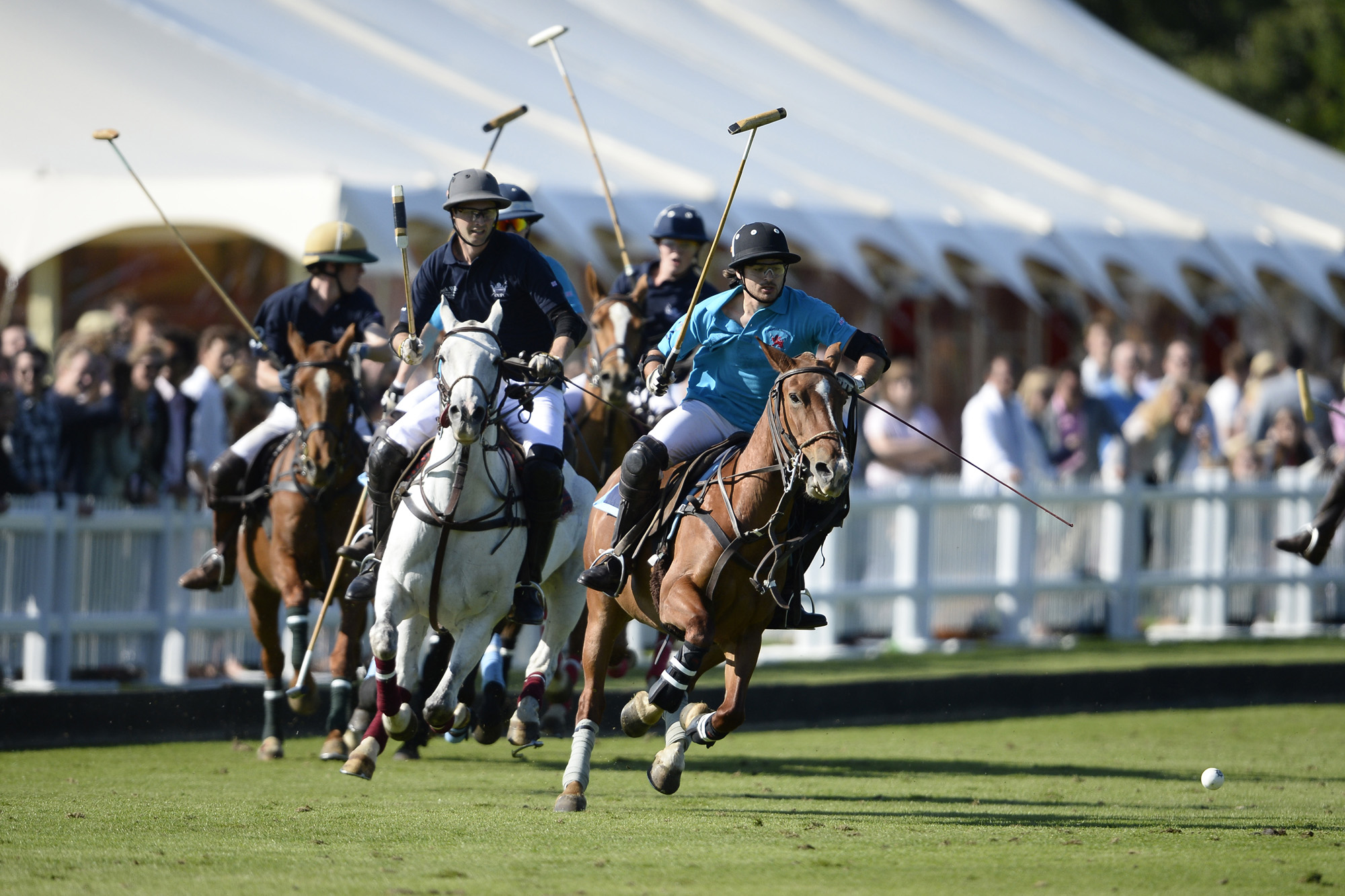How to play polo
- Introduction to Polo
- Understanding Polo Rules: Part 1
- Understanding Polo Rules: Part 2
Understanding Polo Rules: Part 1
Understanding the Penalty System in Polo

Equestrian team sport.
In the sport of Polo, maintaining fair play and ensuring the safety of both players and horses is of utmost importance. This is where the penalty system comes into play. Penalties in Polo are given for various infractions, most of which involve violations of the right of way or dangerous play.
Types of Fouls
There are several types of fouls in Polo, including:
-
Right of Way Violations: This is the most common type of foul. The right of way is determined by the path of the ball after it has been hit. Any player who crosses the right of way in a manner that creates a dangerous situation can be penalized.
-
Dangerous Riding: This includes riding into another player's horse at a dangerous angle or speed, or any other action that could potentially harm the horses or riders.
-
Improper Use of Mallet: This includes hitting the ball incorrectly, such as under the horse's belly (a "sandwich"), or using the mallet in a way that endangers other players.
-
Hitting the Ball Out of Turn: Players must hit the ball in the order of their team's line-up. Hitting out of turn is considered a foul.
The Penalty System
The penalty system in Polo is designed to provide a fair and balanced method of addressing fouls. Penalties are awarded based on the severity and location of the foul. They range from a free hit from the spot of the foul (Penalty 5) to a free hit at goal from 60 yards out (Penalty 2).
Here's a brief overview of the penalty levels:
- Penalty 1: The most severe penalty, resulting in an automatic goal awarded to the opposing team.
- Penalty 2: A free hit from 30 yards to the goal, with no defenders.
- Penalty 3: A free hit from 40 yards to the goal, with the defending team allowed to form a defensive line behind the goal.
- Penalty 4: A free hit from 60 yards to the undefended goal.
- Penalty 5a: A free hit from the spot where the foul occurred, with the ball hit towards the sideboards.
- Penalty 5b: A free hit from the center of the field, with the ball hit towards the sideboards.
Common Penalties and Their Consequences
Understanding the penalties and their consequences can greatly improve a player's game. For instance, a Penalty 1 not only awards a goal to the opposing team but can also result in the offending player being sent off the field. On the other hand, a Penalty 5 allows the fouled team to regain possession and potentially create a scoring opportunity.
In conclusion, the penalty system in Polo is a crucial aspect of the game that ensures fair play and safety. By understanding this system, players can avoid fouls and make the most of their opportunities on the field.